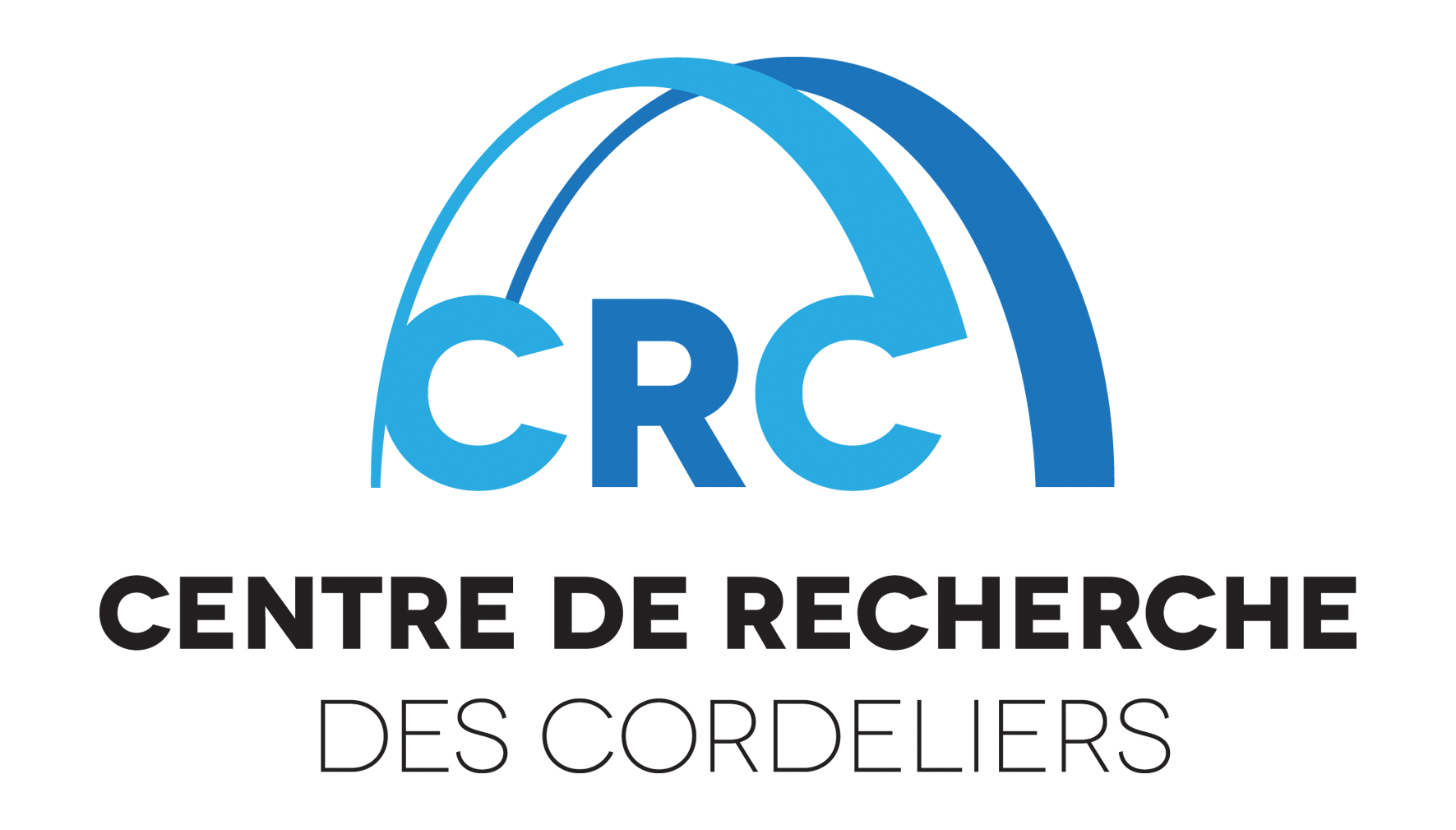Many conditions are responsible for altered divalent ion homeostasis, with potentially serious consequences including renal stone disease, nephrocalcinosis and chronic kidney disease. We concentrate on 2 varieties of orphan diseases: tight junction (TJ) diseases and Dent’s disease, aiming at a better understanding of pathophysiology and at defining new therapeutic strategies. TJs are the backbone of the regulated paracellular pathway of epithelial ion transport, recently causally involved in human diseases. The permeability and selectivity properties of this pathway depend on the set of claudins expressed in TJs but the basis for the functional properties of the TJ and the consequences of alterations in the claudin composition of a TJ are poorly understood. Our purpose is to use available animal and cell models to 1) identify how claudins affect the divalent cation paracellular pathway, 2) understand how mutations in claudins are responsible for the development of nephrocalcinosis in kidneys and 3) develop therapeutic strategies to treat diseases caused by defects in paracellular pathway properties. Dent’s disease is an X-linked recessive renal tubular disorder characterized by low-molecular-weight proteinuria, hypercalciuria, nephrocalcinosis, and progressive renal failure. Inactivating mutations of the 2Cl–/H+ exchanger ClC-5 occur in most of the patients and we generated a mouse model exhibiting a pathological mutation of CLC-5 to understand the mechanisms underlying the development of this disease that remain poorly understood.

